ARE COFFEE CAPSULES BAD FOR THE ENVIRONMENT?
When Alice and Ben launched RiSE coffee box in lockdown 2020, they wanted to showcase the high quality, artisanal specialty coffee that was being roasted across the UK (with independent roasters typically better at responsibly sourcing coffee and creating freshly roasted high quality products) and did not feel that the same quality can be had from drinking coffee in pod or capsule format. Capsules and pods were invented to deliver the ultimate convenience, but we’ve always believed that a few extra minutes to have a responsibly sourced, higher quality and (in our opinion!) more sustainable coffee is worth the wait. To understand the impact on the planet, we wanted to take a look into coffee capsules and coffee pods, to see if they really are that bad for the environment…
“Coffee Is The Most Popular Drink Worldwide With Around Two Billion Cups Consumed Every Day.”
…and global coffee capsule brand Nespresso accounts for 14 Billion single use pods being used each year, with over 60 Billion coffee capsules or pods produced each year. An estimated 29,000 pods a minute ending up in landfill with an average of 500 years taken per pod to decompose. The key challenge with pods and capsules, is the fact they are single use. Piotr Barczak who is Circular Economy Program Manager at ACEN Foundation (an organisation dedicated to driving sustainability in Africa) says, “On average, one capsule is 9g: 6g are coffee grounds and 3g packaging. Already, this shows us that the product is overpackaged. I don’t know any other examples of such inefficiency, where more than 30% of a product is its packaging”. Which in itself is a very interesting point.
Aside from over packaging, research by Packaging Online reveals coffee pods are one of the worst waste hazards for the planet due to the materials used. Coffee capsules and pods are still widely manufactured using aluminium coated in plastic to withstand high water pressure in a quick time frame inside the coffee pod machines. They are designed to withstand the high pressures of the coffee-making process. According to Halo, 56 Billion coffee pods will go into landfill each year. This is around 29,000 every minute. Each pod takes around 500 years to decompose, which is 100 years longer than single use plastic bottles…!
We are starting to see many coffee roasters now launch compostable pods, with higher quality coffee inside and claims of recyclable packaging. Unfortunately, producing the compostable packaging pollutes the environment even more than producing a plastic one, and, the term compostable is also problematic! People tend to think that you could put something “compostable” in your back garden and watch it degrade over the years - and this simply isn’t the case! If it ends up it landfill it will degrade, and produce methane for the 100s of years it takes to breakdown. If it was left to degrade in say, your garden, the compost isn’t strong enough to break it down. This highlights the importance of recycling products properly, and in fact, compostable pods should be put in special bins that are taken to compost or even biomethanisation facilities. I’m not sure about you, but I hadn’t even heard of a “biomethanisation” facility - so can’t imagine that many people are bothering to use those.
With all of this in mind, environmentally conscious people are turning their backs on capsules, and in some instances entire cites too! Hamburg banned coffee pods in 2016. The spokesman of the Hamburg Department of the Environment and Energy, Jan Dube said "the capsules can't be recycled easily because they are often made of a mixture of plastic and aluminium," and therefore no longer allowed in council buildings, as part of an initiative to reduce environmental waste.
There are contrasting views of course. Research by the University of Quebec in Canada suggests that pods may not be as wasteful as preparing coffee using a traditional coffee maker. The purpose of the study was to track the carbon footprint of four different methods of making one cup of coffee, from the very start of when the coffee is grown to when it is consumed. The study argued that the brewing method for filter coffee may waste 20% more coffee than a coffee pod as well as producing more carbon dioxide. The research team studied four brewing methods:
1) Traditional filter coffee (25 grams of coffee)
2) Encapsulated filter coffee (14 grams of coffee)
3) Brewed coffee (French press) (17 grams of coffee)
4) Instant coffee (12 grams of coffee), also known as instant coffee
Although this study is interesting, the 25 grams of coffee used for the Traditional filter coffee, is using an American style filter machine, and not the type of manual filters that we use in the UK. You’ll see in our brew guides that you should only need 14-15 grams of coffee to brew a filter coffee with a Chemex or V60 and of course, the only electricity used is the kettle. The study was met with mixed reactions online, and some have said the study was not peer reviewed so shouldn’t be trusted. In fact, another very similar study concluded the exact opposite, that pods had the most negative impact on the environment overall. It’s all very confusing!
What is the difference between coffee capsules and coffee pods?
We often hear the terms coffee pods and coffee capsules, but what is the difference between the two? Both are single use, single serve products, and both simplify the brewing process and minimise the time required to make a coffee. The most notable difference between the two is that coffee pods have a paper package whereas coffee capsule has aluminium or plastic (or both!) package.
A coffee pod is a circular pod that has its own filter, which houses about 7 grams of coffee which has been roasted and compressed during manufacturing, into a disk shaped paper pod. Some people say they are more environmentally friendly than coffee capsules as they can be disposed off, but generally millions of them end up in waste landfill (as mentioned above!)
A coffee capsule is made in a different way. The coffee is compressed inside a plastic or aluminium and sealed with foil. It is also vacuum packed. Capsules are generally designed to be used in certain coffee capsule machines i.e. Nespresso capsules wont work in Gusto Alto machine.
Overall, if you are going to choose between a pod and capsule, we’d say choose a compostable pod every time.
Can coffee pods be recycled?
When coffee pods contain plastic and aluminium, to recycle, you’ll need to pierce the foil lid, empty out the used coffee granules (try and reuse the ground coffee if you can), and put inside your recycle bin.
Due to the effort involved with each pod, most pods have a low rate of recycling. You save time making your coffee but lose that time by trying to recycle them! As we are sure you know, ideally you have to clean out any plastic or aluminium items before they can be recycled or they contaminate the facilities. Having to remove the grounds before washing out the pod can put a lot of people off.
If this could be you, definitely only buy compostable coffee pods. Simply dispose of your pod in your local council provided food-waste collection bin, where it will hopefully be broken down in the right method. We’d always recommend to check this with your local council, in case things vary. Due to the quality of your soil at home, we wouldn’t recommend trying to compost them in your own garden.
How to reuse coffee grounds
One of the benefits of not using pods or capsules are reusing the coffee grounds! There are many sustainable ways to reuse coffee grounds, and we loved this article by The Guardian that shares 11 tips for reusing your coffee grounds. Our favourite way to reuse the grounds produced at our house is by making coffee fertiliser - we mix our grounds with old leaves and place around specific acid-loving plants like our roses! Coffee grounds can also be repurposed into beauty and skincare products, and companies like UpCircle head around London collect the coffee grounds for reuse. If you are really trying to care for the planet, we’d argue it is better to brew your coffee a more traditional way, that way you get to reuse the grounds and minimise waste.
Sustainable coffee capsule initiatives
There are a couple of more sustainable capsule and pod initiatives we have heard of, and this space is ripe for innovation, so watch this space!
-
Cafe Royal invented a ball shaped coffee pod. Yes you read that right! The innovation comes in the coating which is made of vegetable, making it 100% compostable. The product is one of a few zero waste capsules.
-
In 2022, a Swiss coffee brand "CoffeeB" launched single-serve coffee, also in an innovative compressed coffee ball that uses a seaweed-based casing rather than an aluminium or plastic capsule. Read more about it here
-
Odd Box Co aim to avoid waste in the coffee industry by rescuing coffee pods and reselling them. A great initiative, however in our opinion, the single use capsules shouldn’t be produced in such large quantities (or at all!). The coffee will get drunk, but the landfill and waste will still damage our planet.
Price per pod vs fresh coffee
The cost of coffee pods range quite considerably and start from around 20p per pod up to around 70p per pod. For a lower quality product, you are paying for convenience here. In your RiSE coffee box, you get 500g of freshly roasted coffee which brews around 40 cups of coffee (depending on how you brew), which works out at 55p per cup. In our opinion, quality and responsibly sourced coffee always wins!
If you do of course, want pods, a few that you may enjoy are:
-
Flying Horse Coffee - Fully at home compostable pods - pretty much the only choice we’d recommend if you are going to use pods!
-
Grind coffee - suitable for at home composting and plastic free (not aluminium free though). Provides an italian style dark roast.
-
Odd coffee - we’ve seen these guys everywhere! Again, they use aluminium and plastics, but claim to be saving pods that never got used, so are potentially a bit better?
In summary…
As you can tell, there are a lot of elements to consider when looking at the environmental impact of capsules and pods. Firstly, how and will you be able to recycle them? If you can, great! But consider what that means for your planet. Every time you brew a coffee using something that is single serve, you are using packaging unnecessarily. It’s like wearing a different t-shirt from Primark every day! Alice and Ben would always say to avoid this, but of course understand that not everyone is as passionate about speciality, responsibly sourced coffee as we are! So all we can say is do what research you can and go into your coffee related purchases with these factors in mind: Is the coffee responsibly sourced? What materials are used in the capsule or pod? How can I recycle them? Will I be able to recycle them? What is the best option for me and my lifestyle? Hopefully these questions will steer you in the right direction.
Love,
Alice & Ben
WANT TO LEARN MORE?
▻ Sustainable coffee farming in Uganda
▻ Responsibly sourced coffee explained
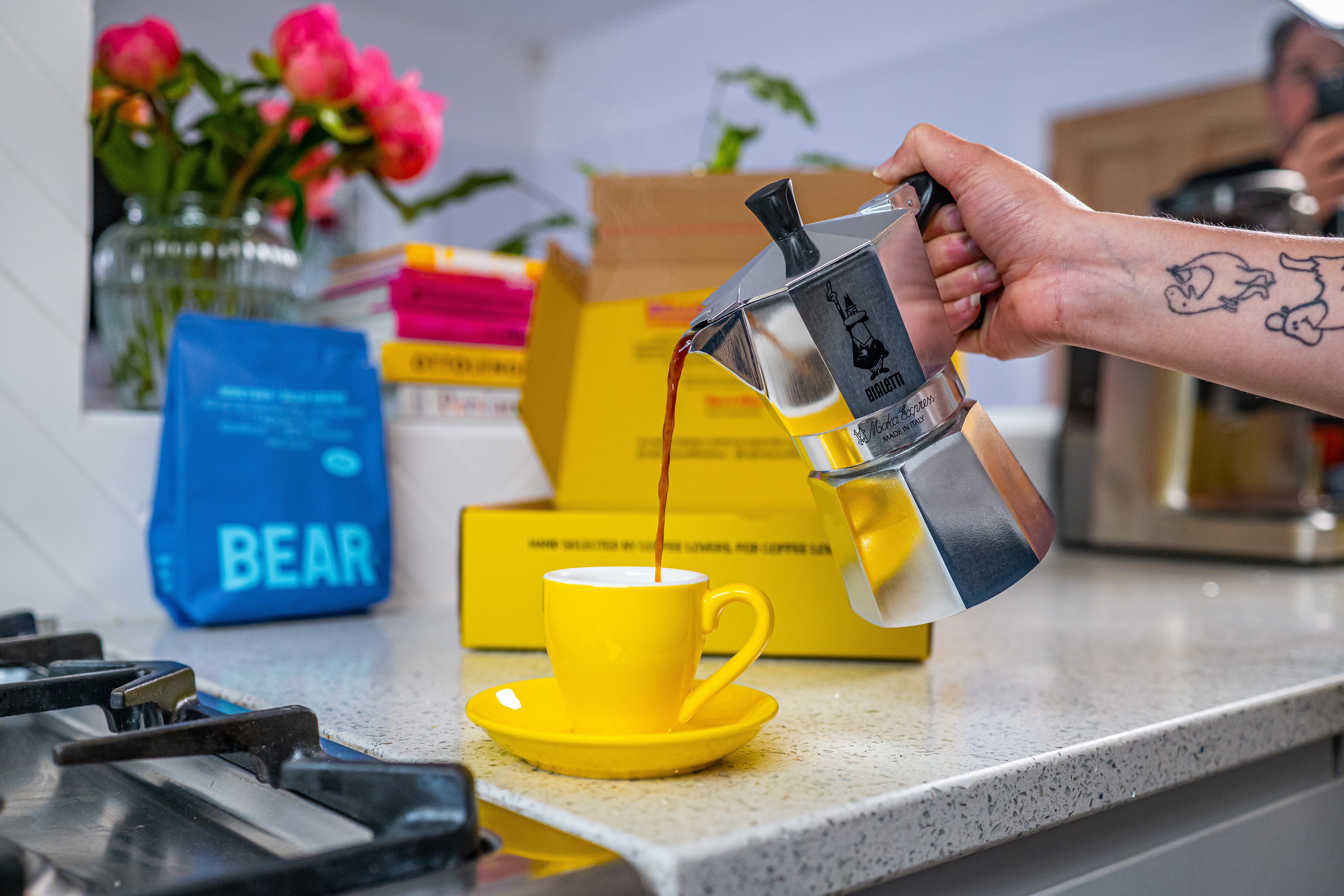
MONTHLY COFFEE DELIVERED TO YOUR DOOR
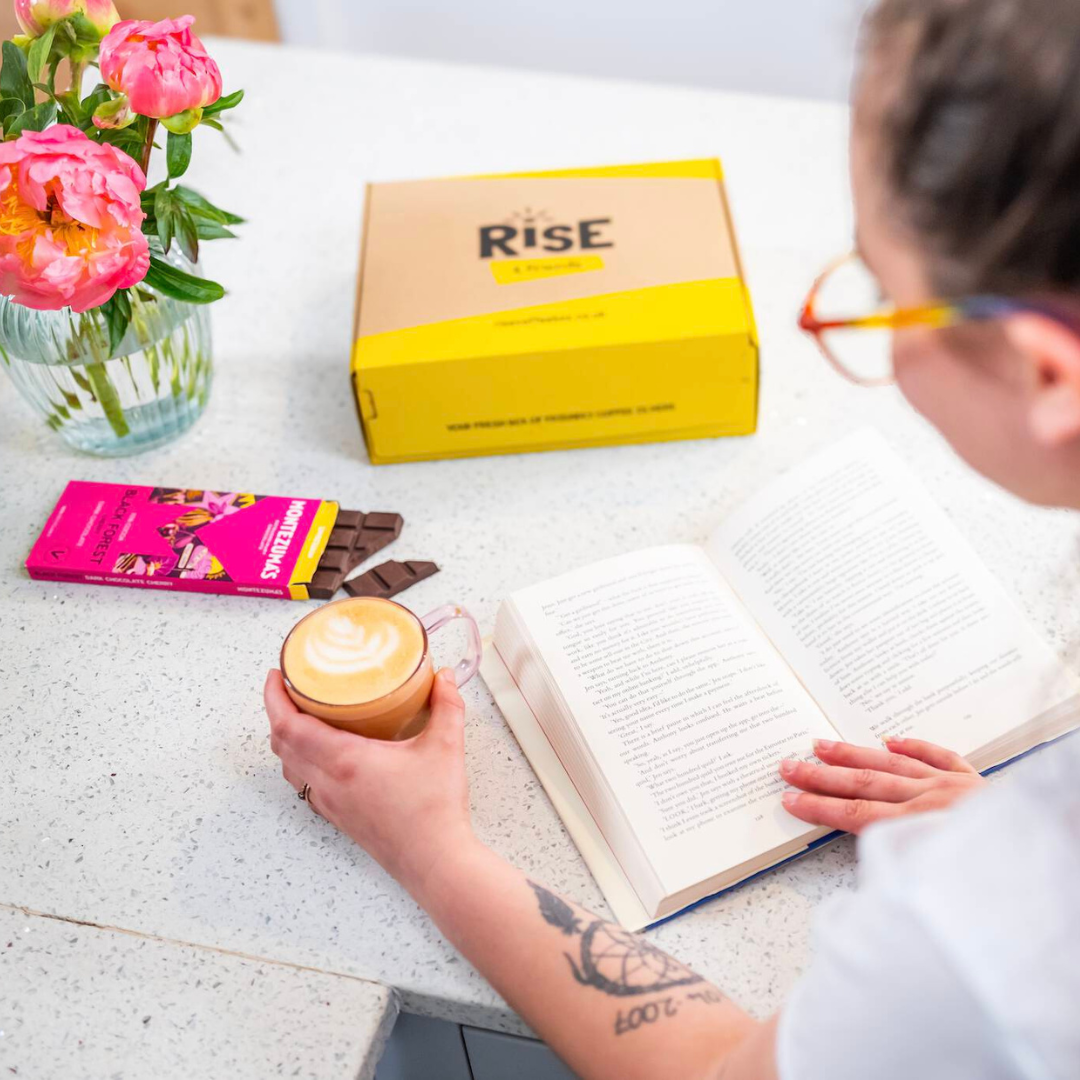








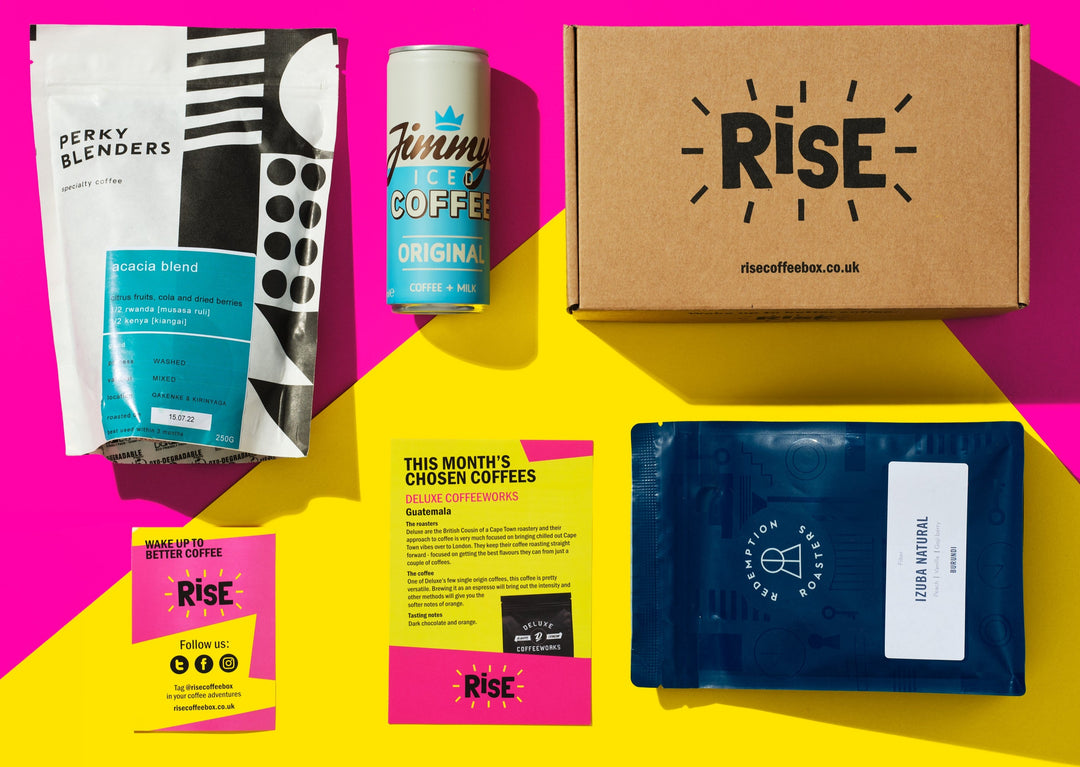
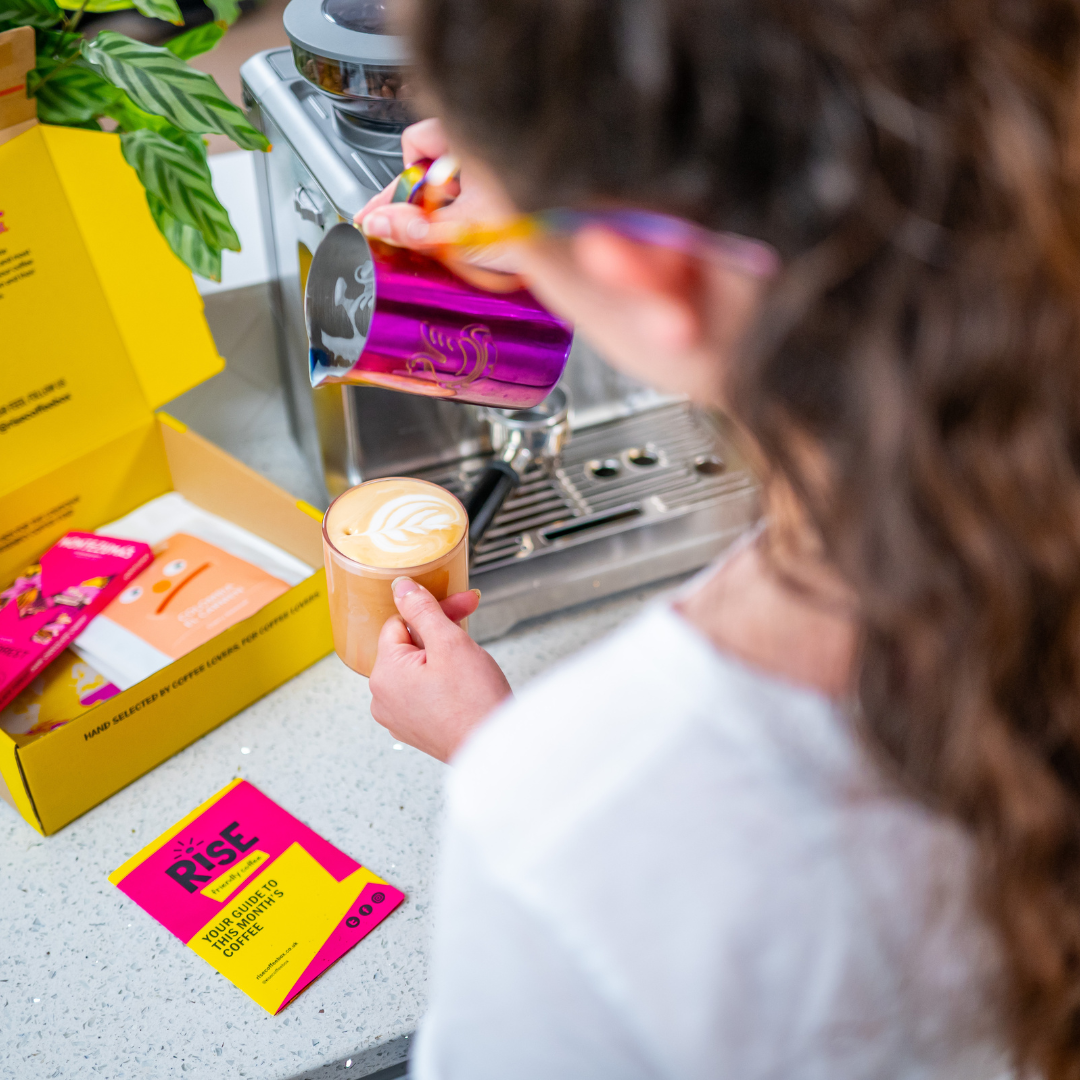
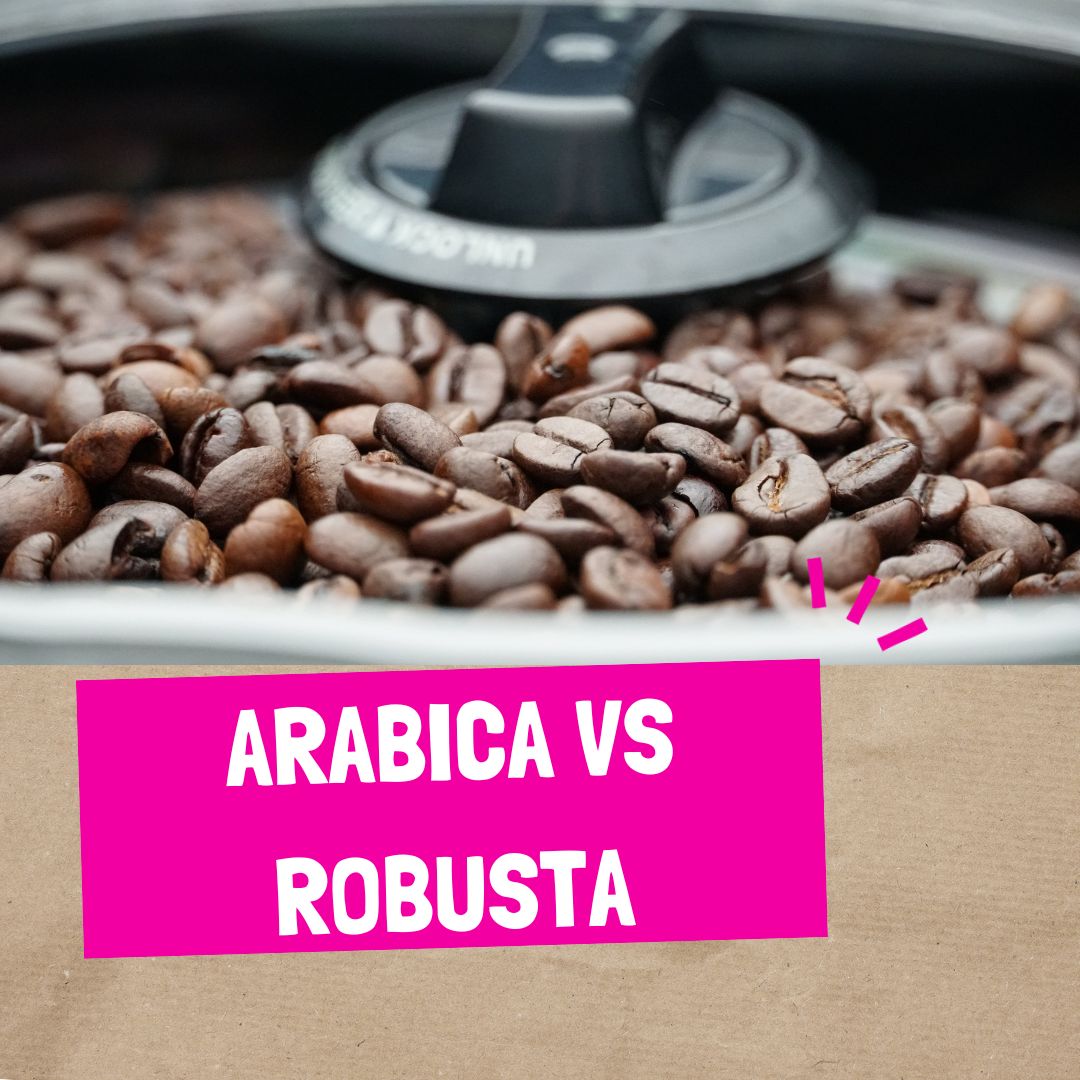


















Leave a comment